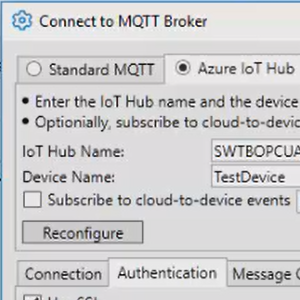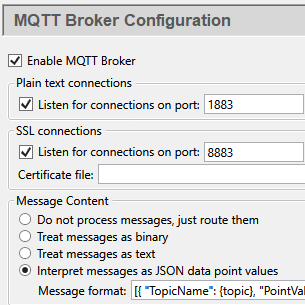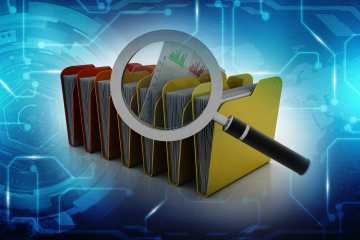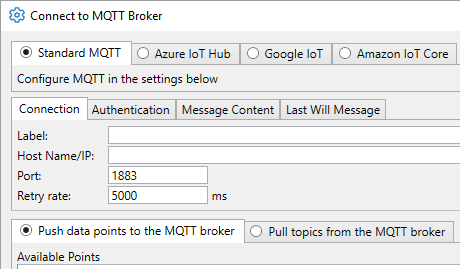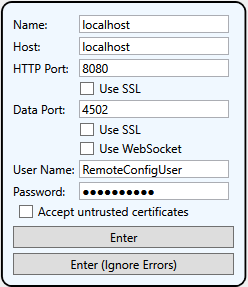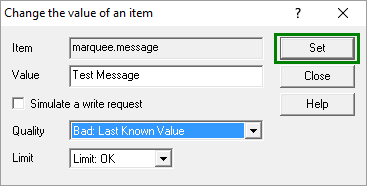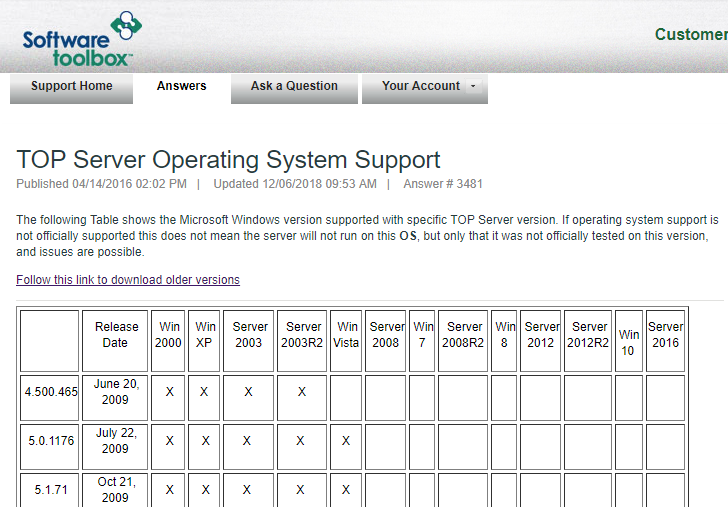You've likely already heard about Cogent DataHub and it's MQTT integration capabilities. The DataHub MQTT Client goes beyond just generically connecting to MQTT Brokers by providing smart connectors for Azure IoT Hub, Google IoT and Amazon IoT Core MQTT Broker services.
The following short video blog demonstrates step-by-step how to easily configure the DataHub MQTT Client for publishing OPC UA and OPC DA data from DataHub to the Azure IoT Hub, as well as, pushing data from the many other data sources supported by Cogent DataHub (such as ODBC, DDE, Modbus and more).


